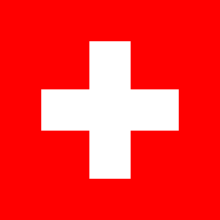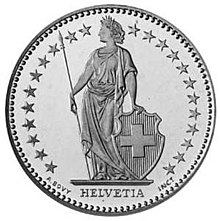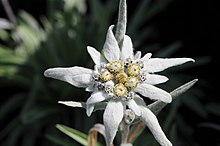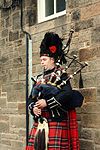
Switzerland, officially the Swiss Confederation, is a landlocked country located in west-central Europe. It is bordered by Italy to the south, France to the west, Germany to the north and Austria and Liechtenstein to the east. Switzerland is geographically divided among the Swiss Plateau, the Alps and the Jura; the Alps occupy the greater part of the territory, whereas most of the country's population of 9 million are concentrated on the plateau, which hosts its largest cities and economic centres, including Zürich, Geneva and Basel.
Extensive telecommunication facilities exist in Switzerland. They include the telephone system, internet, and broadcast media.

The "Swiss Psalm" is the national anthem of Switzerland.

Banking in Switzerland dates to the early 18th century through Switzerland's merchant trade and has, over the centuries, grown into a complex, regulated, and international industry. Banking is seen as emblematic of Switzerland. The country has a long history of banking secrecy and client confidentiality reaching back to the early 1700s. Starting as a way to protect wealthy European banking interests, Swiss banking secrecy was codified in 1934 with the passage of a landmark federal law, the Federal Act on Banks and Savings Banks. These laws, which were used to protect assets of persons being persecuted by Nazi authorities, have also been used by people and institutions seeking to illegally evade taxes, hide assets, or generally commit financial crime.
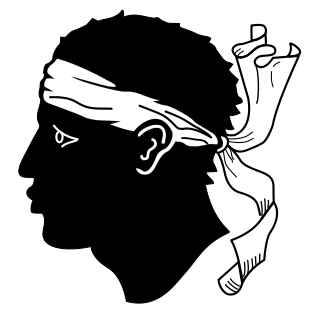
A Moor's head, since the 11th century, is a symbol depicting the head of a black moor. The term moor came to define anyone who was Muslim or had black skin.

Lesbian, gay, bisexual, and transgender (LGBT) rights in Switzerland are progressive by world standards. Social attitudes and the legal situation have liberalised at an increasing pace since the 1940s, in parallel to the situation in Europe and the Western world more generally. Legislation providing for same-sex marriage, same-sex adoption, and IVF access was accepted by 64% of voters in a referendum on 26 September 2021, and entered into force on 1 July 2022.

The Group for a Switzerland without an army, is a Swiss political advocacy group founded in 1982 by 120 activists in order to abolish the Swiss army. Its roster has varied considerably; as of 2009 its website stated that it consists of about 20,000 members or supporters, consisting largely of pacifists and anti-militarists.

Crime in Switzerland is combated mainly by cantonal police. The Federal Office of Police investigates organised crime, money laundering and terrorism.

Russia–Switzerland relations are foreign relations between Russia and Switzerland. Switzerland opened a consulate in Saint Petersburg in 1816, upgrading it to a legation 90 years later. The two countries broke off diplomatic relations in 1923, when Russia was going through a period of revolutionary turmoil – and they were not resumed until 1946. Due to the Russian invasion of Ukraine, relations became tense after Switzerland imposed sanctions against Russia. Russia placed Switzerland on a list of "unfriendly countries".
SWI swissinfo.ch is a multilingual international news and information company based in Bern Switzerland. It is a part of the Swiss Broadcasting Corporation. Its content is Swiss-centred, with top priority given to in-depth information on politics, the economy, the arts, science, education, and direct democracy. Switzerland's international political, economic and cultural relations are other key points of focus. The website is available in ten languages.

Diplomatic relations between Italy and Switzerland have traditionally been close and are currently governed by a complex set of treaties.
National symbols of Singapore are the symbols that are used in Singapore to represent what is unique about the nation, reflecting different aspects of its cultural life and history.

The coins of the Swiss franc are the official coins used in Switzerland and Liechtenstein. The name of the subunit is centime in French and internationally, Rappen in German, centesimo in Italian, and rap in Romansh. There are coins in denominations of 5 centimes, 10 centimes, 20 centimes, 1⁄2 franc, 1 franc, 2 francs, and 5 francs.
Thirteen national referendums were held in Switzerland during 2016.
Ten national referendums were held in Switzerland in 2018. Voting took place on 4 March, 10 June, 23 September and 25 November.
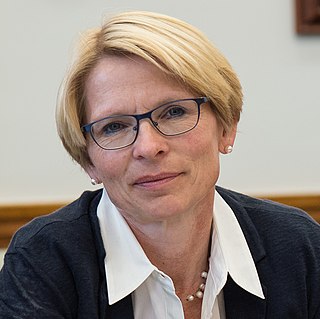
Livia Leu stylized Leu Agosti is a Swiss attorney and diplomat. She currently serves as the State Secretary and EU-negotiator since 14 October 2020. Leu previously served as the Swiss Ambassador to Iran between 2009 and 2013. She was the first female from Europe to hold this position. From 2018 to 2020, she served as the Swiss Ambassador to France and Monaco. In fall 2023, she will succeed Paul Seger as Swiss Ambassador to Germany.
The COVID-19 pandemic in Switzerland is part of the worldwide pandemic of coronavirus disease 2019 caused by severe acute respiratory syndrome coronavirus 2. The virus was confirmed to have spread to Switzerland on 25 February 2020 when the first case of COVID-19 was confirmed following a COVID-19 pandemic in Italy. A 70-year-old man in the Italian-speaking canton of Ticino which borders Italy, tested positive for SARS-CoV-2. The man had previously visited Milan. Afterwards, multiple cases related to the Italy clusters were discovered in multiple cantons, including Basel-City, Zürich, and Graubünden. Multiple isolated cases not related to the Italy clusters were also subsequently confirmed.
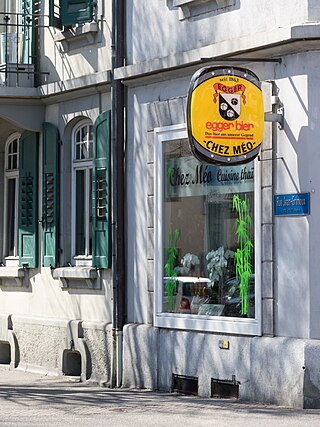
Switzerland has a long tradition of brewing, with significant domestic beer production and a growing craft brewing sector.
Events in the year 1985 in Switzerland.

Switzerland–Palestine relations refer to foreign relations between Switzerland and the State of Palestine. The Swiss government does not recognize the existence of a Palestinian state.
